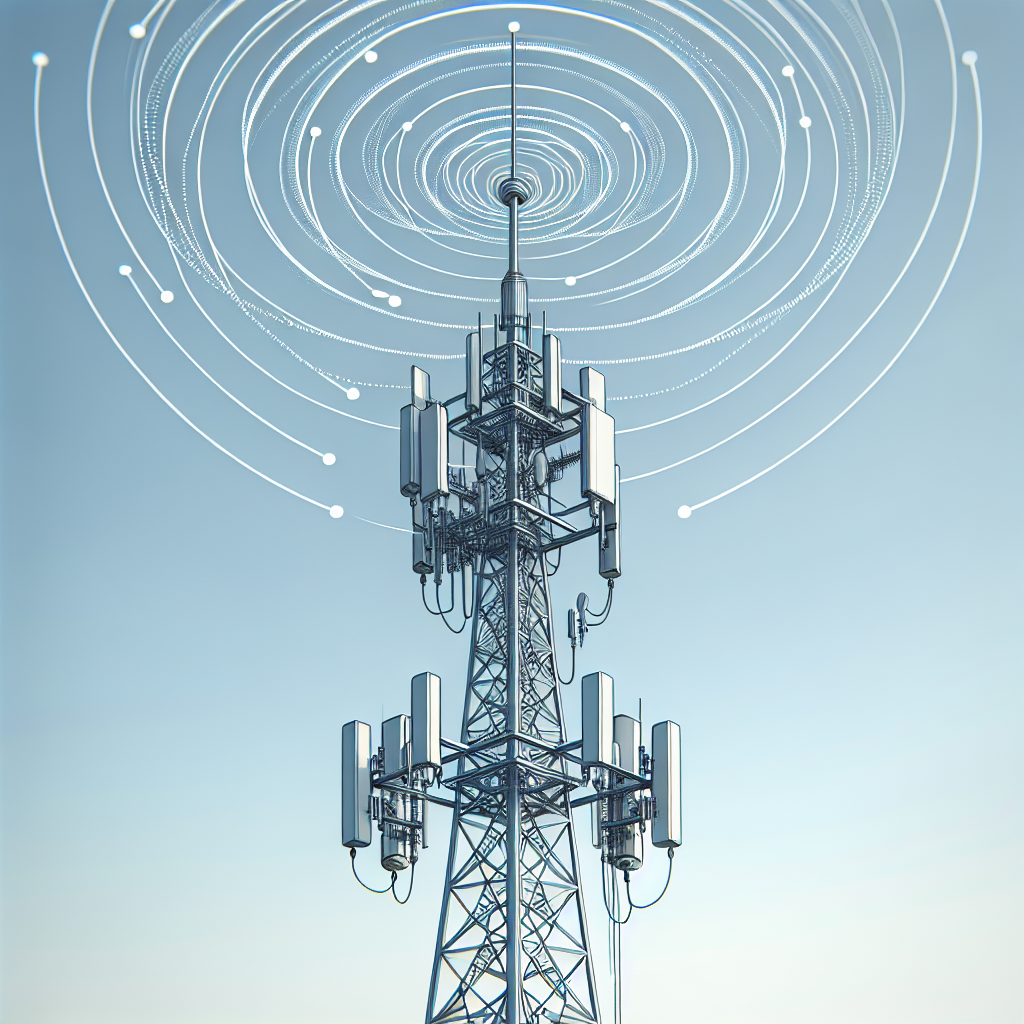Thankfully, we are in the early stages of an AI and Robotics revolution. This presents the unique opportunity to substantially increase our production and standard of living.
As automation continues to integrate with human life at scale, we can predict that the labor-based economy as we know it will transform. Robots that can think, learn, reason, and interact with their environments will eventually be capable of performing tasks better than humans. Today, manual labor compensation is the primary driver of goods and services prices, accounting for ~50% of global GDP (~$42 trillion/yr), but as these robots “join the workforce,” everywhere from factories to farmland, the cost of labor will decrease until it becomes equivalent to the price of renting a robot, facilitating a long-term, holistic reduction in costs. Over time, humans could leave the loop altogether as robots become capable of building other robots — driving prices down even more. This will change our productivity in exciting ways. Manual labor could become optional and higher production could bring an abundance of affordable goods and services, creating the potential for more wealth for everyone.
We will have the chance to create a future with a significantly higher standard of living, where people can pursue the lives they want.
We believe humanoids will revolutionize a variety of industries, from corporate labor roles (3+ billion humans), to assisting individuals in the home (2+ billion), to caring for the elderly (~1 billion), and to building new worlds on other planets. However, our first applications will be in industries such as manufacturing, shipping and logistics, warehousing, and retail, where labor shortages are the most severe. In early development, the tasks humanoids complete will be structured and repetitive, but over time, and with advancements in robot learning and software, humanoids will expand in capability and be able to tackle more complex job functions. We will not place humanoids in military or defense applications, nor any roles that require inflicting harm on humans. Our focus is on providing resources for jobs that humans don’t want to perform.

